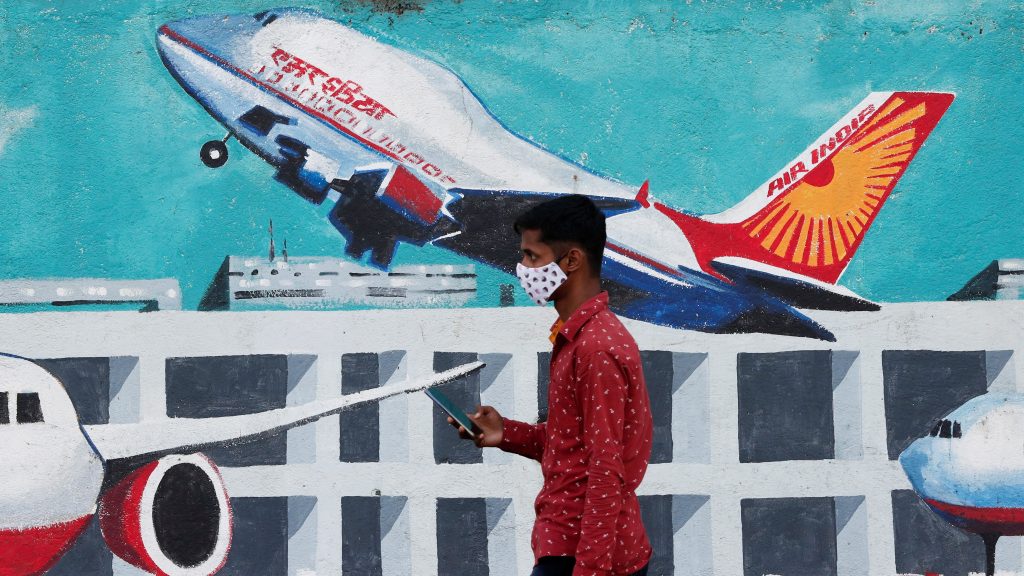The upcoming fiscal year promises a significant rise in operating profit for the domestic airline industry, exceeding a 20% increase following a nearly tripled performance in the current fiscal period, the CRISIL Rating mentioned.
This surge is fuelled by a robust rebound in passenger traffic, stabilised foreign exchange rate, and the adeptness of airlines to transfer volatile fuel costs to passengers.
“Operating profit growth in the next fiscal is anticipated to hover around 20%, up from the estimated Rs 18,000-20,000 crore in the current fiscal, notwithstanding potential technical issues with certain engine types that may ground some aircraft and curtail fleet expansions. While the momentum in passenger traffic growth is expected to persist, operating profit growth is likely to normalize due to the high base effect from this fiscal,” Mohit Makhija, Senior Director at CRISIL Ratings said.
Despite the anticipated substantial rise in debt, including lease liabilities, across the current and forthcoming fiscal years to accommodate fleet expansions, credit metrics are expected to remain robust.
A study of 3 marquee airplanes
CRISIL ratings in an analysis of three major airlines, constituting a two-thirds share of India’s air traffic, mentioned that passenger traffic is projected to rise by 18–20% this fiscal year, surpassing pre-pandemic levels comfortably. This is fueled by a surge in both business and leisure travel. The upward trajectory is expected to persist into the following fiscal year, buoyed by economic growth prospects.
Further, the increase in passenger traffic has fortified airlines’ capability to offload fuel costs, which typically account for 40-50% of the total expenses, onto passengers.
Notably, despite fuel prices more than doubling over the past three fiscal years, the gross margin has remained steady.
Another contributing factor to enhanced profitability is diminished foreign exchange losses compared to the preceding fiscal year. Forex reserves profoundly impact airline profitability as a significant portion of their debt and costs are denominated in foreign currency.
Bolstering fleet additions
A confluence of favorable conditions and promising profit potential highlights the case for fleet expansions. Importantly, domestic airlines have committed to substantial purchase orders in recent years. Net fleet additions by the domestic airlines are projected to reach 80-85 aircraft this fiscal year, with similar levels expected in the subsequent fiscal.
Approximately two-thirds of the capital expenditure for these fleet expansions will be financed through debt, including lease liabilities, with the remainder sourced from internal accruals and equity injections.
“While net debt, including lease liabilities, is expected to double to approximately Rs 1 lakh crore by the end of the next fiscal year compared to fiscal 2023, credit metrics will strengthen supported by robust operating performance and equity injections. The net debt to Ebitdar ratio is anticipated to improve to less than 5 times over this fiscal year and the next, down from 8.6 times in fiscal 2023 and significantly below pre-pandemic levels,” Snehil Shukla, Associate Director at CRISIL Ratings said.


